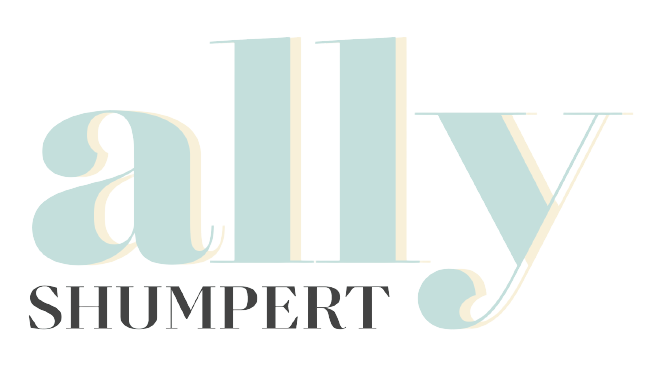Susan Kare, an early pixel artist who designed the first icons, typefaces, and interfaces of the Apple Macintosh, once said, “Good design is not about what medium you’re working in. It’s about thinking hard about what you want to do and what you have to work with before you start.”
What is a creative brief?
When it comes to deciding what you want to do and what you have to work with, beginning the design process with making a creative brief is the first place to start. Beginning with a creative brief is a preparatory stage that initiates the creative process. It allows the designer to compile their thoughts and resources into one place before attempting to create a design, thus ensuring that all goals are met and all resources are in place to create a final design.
Aside from getting thoughts and ideas together, a creative brief addresses every single aspect of the design process, including the roles of the designer, client, and viewer. In addition to these things, a creative brief should include sections that display prior research and information gathering that will contribute to the overall design of the project.
In nearly all of the design projects I have completed on my own, a creative brief has been my first step in the design process. By first brainstorming ideas, then creating a concept, and later moving on to the experimentation phase of design, the creative process should always begin with a creative brief.
In fact, making a creative brief is one of my favorite stages of the entire design process. This newly learned design skill has helped me to get my thoughts together while also allowing myself the creative freedom to adjust and change based on the guidelines I have set for myself in the creative brief.
Why do I need one?
In essence, a creative brief serves as a flexible box to begin the design process. Without knowing exactly what the box is, you can not think outside of it and you cannot bend the rules. By making a creative brief, you can remain true to the ideals of your design goals while also switching things up within the parameters you have set for yourself.
Frequently, I like to begin the design process by brainstorming ideas in a notebook or an online pinboard like Pinterest. Pinterest allows you to pin specific images, websites, and articles within specific pin boards so you can look back on them in the future. I like to begin my creative process by pinning fonts, colors, design examples, and templates that I think will be useful for the project I’m working on.
Below is an example of a few of the pin boards I have created in order to gain ideas for design projects I have worked on in the past.
What’s next?
After brainstorming on Pinterest, I begin to narrow down my ideas and get more specific on the exact goals I am aiming to reach and the resources I’m working with. Goals can include improving brand recognition, piquing the interest of potential clients, or increasing sales for a customer.
Aside from determining the goals of the project, it’s important to determine the resources you’ll be working with before you begin the project. Some common design resources include the Adobe Creative Cloud, Canva and various design templates on other online platforms. By determining your resources ahead of time, you can better prepare and better execute your design.
Just as Susan Kare said, “Good design is not about what medium you’re working in. It’s about thinking hard about what you want to do and what you have to work with before you start.” In following this guidance, making a creative brief is the best first step you can take in beginning the design process.




